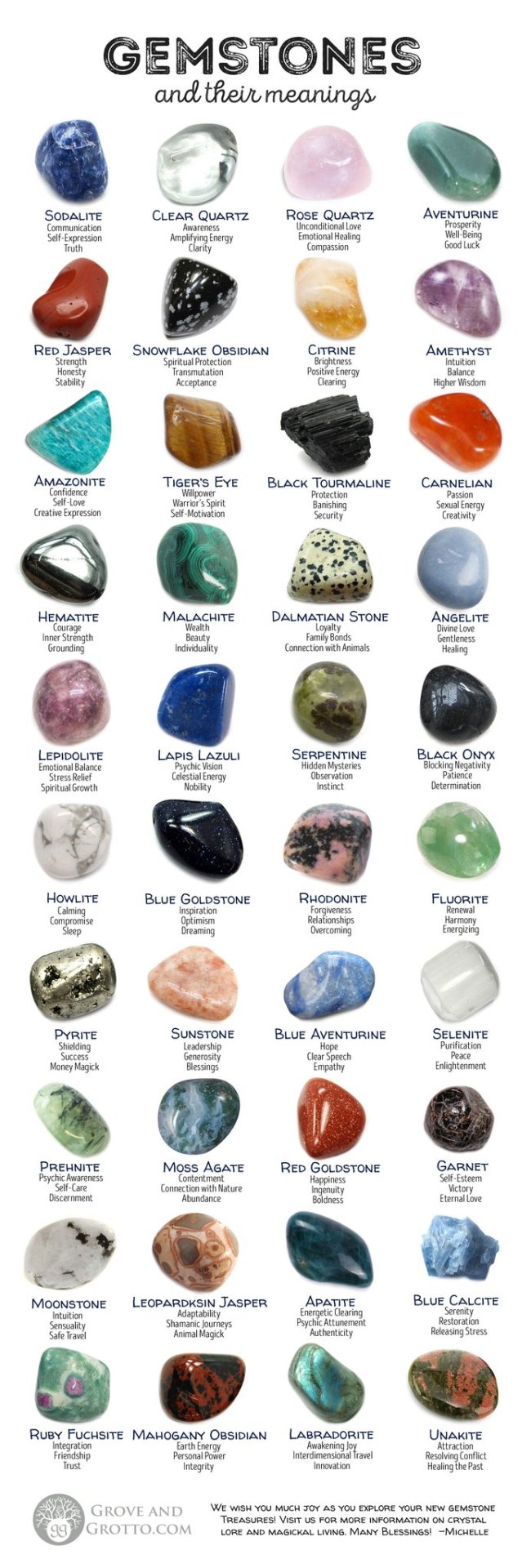Artificial Intelligence Bot Trained To Recognize Galaxies
Artificial intelligence bot trained to recognize galaxies
Researchers have taught an artificial intelligence program used to recognize faces on Facebook to identify galaxies in deep space.

The result is an AI bot named ClaRAN that scans images taken by radio telescopes.
Its job is to spot radio galaxies – galaxies that emit powerful radio jets from supermassive black holes at their centers.
Keep reading
More Posts from Tres-4b-blog and Others

What a trillion stars look like; a sharp view of the Andromeda galaxy. From twitter @ WorldAndScience

This is the binary code to the “Hello, World!” program, a simple computer program used in beginner classes to introduce basic programming syntax. The program’s sole function is to print “Hello, World!” on screen: an uplifting, symbolic gesture in which the computer (an emerging technology when the program was first created) greets the world full of hope, and of wonder.
![A Telephoto View Of The Orion Nebula And Surrounding Region Over A Saskatchewan Tree [OC]](https://64.media.tumblr.com/ca125d299c81eb090d31514dcdd51473/fe802700e6f484f8-96/s500x750/79a6c886b1b5a31e68e4295426ad972efd4299b4.jpg)
A telephoto view of the Orion nebula and surrounding region over a Saskatchewan tree [OC]

In 1995, NASA astronomer Bob Williams wanted to point the Hubble telescope at the darkest part of the sky for 100 hours. Critics said it was a waste of valuable time, and he’d have to resign if it came up blank. Instead it revealed over 3,000 galaxies, in an area 1/30th as wide as a full moon.

Planetary Comparison No. 1 Looks like Earth, Venus, Mars, Mercury and the Moon #hubble #space #planet #universe #nasa #astronomy #galaxy #milkyway #spacephotography #astronomyart #astrophotography #photo #night #cosmos #universe #nightsky #FriendofTrodLightly — view on Instagram http://ift.tt/2IwEqyx
-
 aspiringspacetree liked this · 3 years ago
aspiringspacetree liked this · 3 years ago -
 scorpioandbitchexclusively liked this · 4 years ago
scorpioandbitchexclusively liked this · 4 years ago -
 adhdnap liked this · 4 years ago
adhdnap liked this · 4 years ago -
 zaddythomas123 reblogged this · 4 years ago
zaddythomas123 reblogged this · 4 years ago -
 whsf reblogged this · 4 years ago
whsf reblogged this · 4 years ago -
 slygreensnek liked this · 4 years ago
slygreensnek liked this · 4 years ago -
 dres-k liked this · 4 years ago
dres-k liked this · 4 years ago -
 dres-k reblogged this · 4 years ago
dres-k reblogged this · 4 years ago -
 amigomga liked this · 4 years ago
amigomga liked this · 4 years ago -
 slowest-slow-cooker liked this · 4 years ago
slowest-slow-cooker liked this · 4 years ago -
 trashimus-grime liked this · 4 years ago
trashimus-grime liked this · 4 years ago -
 demonwithouthorns liked this · 4 years ago
demonwithouthorns liked this · 4 years ago -
 nautilus127 liked this · 4 years ago
nautilus127 liked this · 4 years ago -
 deasoline liked this · 4 years ago
deasoline liked this · 4 years ago -
 robutann liked this · 4 years ago
robutann liked this · 4 years ago -
 iphtechnologies reblogged this · 4 years ago
iphtechnologies reblogged this · 4 years ago -
 iphtechnologies reblogged this · 4 years ago
iphtechnologies reblogged this · 4 years ago -
 cold-friend liked this · 4 years ago
cold-friend liked this · 4 years ago -
 simiyelemi liked this · 4 years ago
simiyelemi liked this · 4 years ago -
 brandnameeight liked this · 4 years ago
brandnameeight liked this · 4 years ago -
 zindabad liked this · 4 years ago
zindabad liked this · 4 years ago -
 celestriakle liked this · 4 years ago
celestriakle liked this · 4 years ago -
 unreleasedlana11 liked this · 4 years ago
unreleasedlana11 liked this · 4 years ago -
 prismetric-technologies liked this · 4 years ago
prismetric-technologies liked this · 4 years ago -
 casualnerdcollectorme reblogged this · 4 years ago
casualnerdcollectorme reblogged this · 4 years ago -
 watercolourcypress reblogged this · 4 years ago
watercolourcypress reblogged this · 4 years ago -
 watercolourcypress liked this · 4 years ago
watercolourcypress liked this · 4 years ago -
 mochi-bunny liked this · 4 years ago
mochi-bunny liked this · 4 years ago -
 sandroreginato liked this · 4 years ago
sandroreginato liked this · 4 years ago -
 intergalatic-wanderer reblogged this · 5 years ago
intergalatic-wanderer reblogged this · 5 years ago -
 bunnymv liked this · 5 years ago
bunnymv liked this · 5 years ago -
 cherryzomb13 reblogged this · 5 years ago
cherryzomb13 reblogged this · 5 years ago -
 cherryzomb13 liked this · 5 years ago
cherryzomb13 liked this · 5 years ago -
 saintaleksi reblogged this · 5 years ago
saintaleksi reblogged this · 5 years ago -
 saintaleksi liked this · 5 years ago
saintaleksi liked this · 5 years ago -
 timetravelerfive liked this · 5 years ago
timetravelerfive liked this · 5 years ago -
 unificationtheory reblogged this · 5 years ago
unificationtheory reblogged this · 5 years ago -
 unificationtheory liked this · 5 years ago
unificationtheory liked this · 5 years ago -
 ticklish-big-buttons-on-clothes liked this · 5 years ago
ticklish-big-buttons-on-clothes liked this · 5 years ago -
 natbolguez liked this · 5 years ago
natbolguez liked this · 5 years ago -
 eaglengineer liked this · 5 years ago
eaglengineer liked this · 5 years ago -
 kingscrown666 reblogged this · 5 years ago
kingscrown666 reblogged this · 5 years ago




